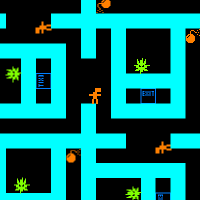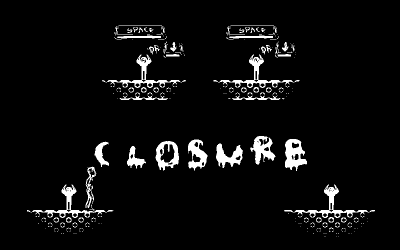In 1987, a man named Cliff Johnson (no relation to the Aperture Science CEO) released a game called The Fool’s Errand, which you can download for free here. Warning: this is the cruelest game ever made. It isn’t cruel because it is unfair or impossible; it’s cruel because it makes very clear that you can beat it, if only you were a little bit smarter. Countless logic, word, and visual puzzles all feed into one enormous meta-puzzle that draws on clues from the entire game. It’s a labor of sadistic and megalomaniacal love, and chances are good that you, like me, are simply not clever enough to beat it.
It’s been 21 years since The Fool’s Errand. A sequel was originally supposed to come out in October 2003. Some people have had the sequel pre-ordered for five years. And Johnson just released a demo of The Fool and His Money. You can download it from the “Teaser” links at the bottom of that page.
This is a game from another world, where people are smarter and more masochistic and entirely disinterested in the normal mapping of giblets. Has Johnson succeeded in reproducing his fiendish masterwork? Well… I’m stumped.






